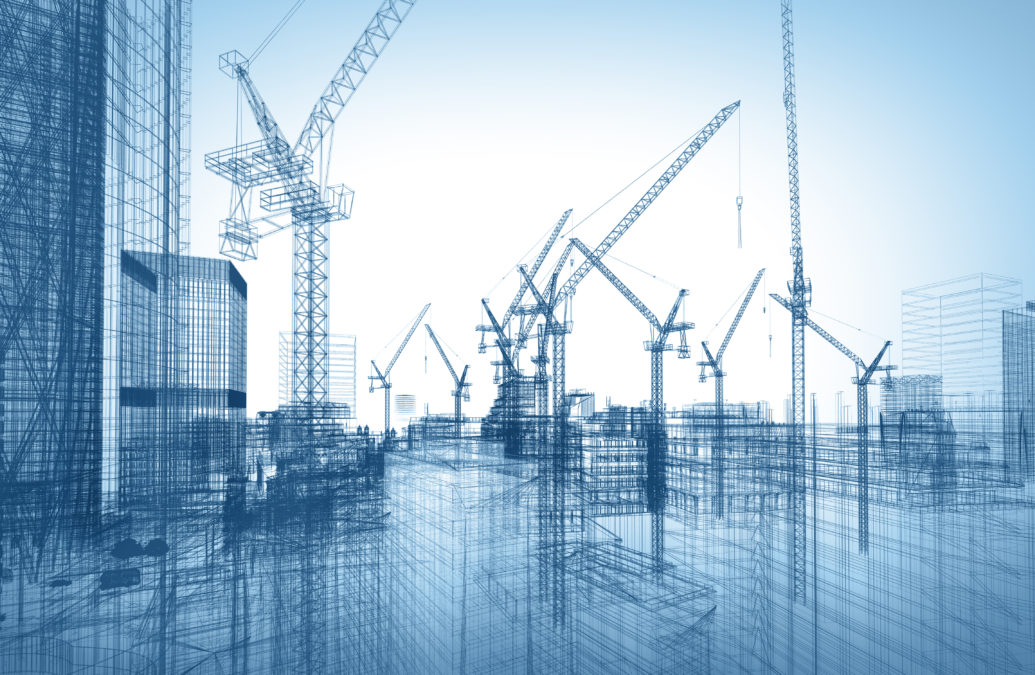Due to the climbing cost of real estate and the changing attitudes towards traditional working methods, one of the most pressing questions on every business leader’s mind is “how do we reduce real estate costs while keeping staff engaged and motivated?”. On face value, answering this question seems a huge undertaking. However, one of the most promising answers to this business conundrum is the smart building.
There’s a lot of misunderstanding surrounding smart buildings, as it hasn’t been made clear to business leaders what it actually means to ‘go smart’. In essence, a Smart Building creates an environment that connects the people who use the building with information about the space in a helpful way.
The power of smart buildings is that they provide a holistic answer and not just a single siloed approach. Not only do they enable companies to make business decisions based on tangible evidence about the building’s usage, but they also empower employees to boost their creativity and productivity through finding new ways of working. Ultimately, Smart Buildings work for both those who use them and those who operate them.
>See also: How smart buildings can use big data to shape the future of work
At a basic level, buildings fitted with intelligent systems are capable of automatically controlling many of the building’s functions in operational silos, for example heating, lighting, security, and a myriad of other operations.
However, what separates an intelligent building from the infinitely more capable Smart Building is the integration of all these intelligent systems, operational networks, IoT devices and information technology. By integrating these siloed systems, all of the useful data on how the building is being used and responded to can be harvested and analysed in detail.
The analysis of this data can be put to a number of uses to make the building more engaging for its users and more productive and efficient for those that pay for them. For example, by analysing data in real-time using artificial intelligence software, a two-way dialogue between the building and its users can be created. What makes a building truly smart is that it grows and learns over time to adapt to its users’ needs – the building is always helpful to the people who use it.
Reducing real estate costs, the smart way
The past few years has seen a marked increase in workplace mobility – few people work from the same desk or even the same building every day. With flexible and remote working becoming the norm, the workspace needs to evolve to better accommodate this new approach.
Increased mobility invariably leads to the number of unoccupied desks, meeting rooms and even whole floors rising dramatically. In London it’s been reported that desk utilisation is as low as 48%, which means as many as one in every two desks are unoccupied throughout the day. With real estate costs in the capital hovering around £20,000 per 100 square foot of space, empty desks are simply not an economically viable option for businesses.
As smart buildings can analyse swathes of historical data about how a building is being used, business leaders are able to create a real-world picture of how the building is actually being used on a daily, monthly or even yearly basis.
>See also: Building a smart city in the connected age
RedstoneConnect’s experience has shown that, using the right applications, smart buildings are capable of significantly improving space utilisation – with organisations operating desk space at upwards of 85%, thereby generating material financial benefits and reducing expenditure on real estate.
One such example is the case of UBM (United Business Media), the international media and events company. Using our OneSpace software technology, UBM have been able to paint a realistic image of how their London offices are being used – ultimately enabling them to rationalise seven floors of costly real estate into six floors.
By creating a retro-fitted Smart Building, UBM initially achieved a desk to colleague ratio of 1:1.4, dramatically improving their work space utilisation. Since then, they have improved this further while also progressively growing their operation and improving both productivity and employee engagement within the workplace.
Creating spaces that promote wellbeing
Not only does harnessing the power of a smart building generate a material reduction in operational costs, particularly in terms of real estate, it also creates an environment that promotes a more creative, agile, and wellness-orientated way of working for staff.
The last few years has seen a significant step-change in attitudes towards working structures. Flexible and more personable ways of working are seen as far more attractive by employees than traditional hierarchical-based office structures.
As such, companies have started to place employee welfare and productivity higher on their agendas than ever before. One of the key enablers of this paradigm shift in working culture has been technology, and it is technology that will help people conduct business in new ways.
Smart buildings help the people who use them to work smart. A building that has integrated digital ceilings can sense when people are in a certain room, and adapt the temperature, lighting, and air ventilation to their specifications.
Crucially, the building can do this without having to engage with the inhabitants – it learns over time through analysing how the building is used what the ideal climate is for those users. This is only one small example of automation; however, it highlights the potential for a frictionless experience, set to the user’s preferences, leaving them to focus on the job at hand.
>See also: Building a smart storage strategy
Ultimately, a smart building helps its users to explore new ways of working and will mould itself to create the ideal environment needed to support their aims; from helping find colleagues while visiting large buildings, to finding free quiet space to work on projects where they can concentrate. Smart Buildings integrate separate intelligent systems, collecting data and harnessing this to make buildings more engaging and productive for its users.
The answer to the questions of how to boost productivity while reducing real estate costs is the smart building. As smart cities and buildings become the norm, all work spaces will become agile and responsive to the people who work there.
For real estate operators, smart buildings will work harder for the cost invested in them, enabling companies to become more competitive. Through harnessing smart technology, a much-needed two-way dialogue is established, creating an environment that enhances the experience and productivity of the workforce that embraces it.
Sourced by Mark Braund, CEO of RedstoneConnect
The Women in IT Awards is the technology world’s most prominent and influential diversity program. On 22 March 2018, the event will come to the US for the first time, taking place in one of the world’s most prominent business cities: New York. Nominations are now open for the Women in IT USA Awards 2018. Click here to nominate







